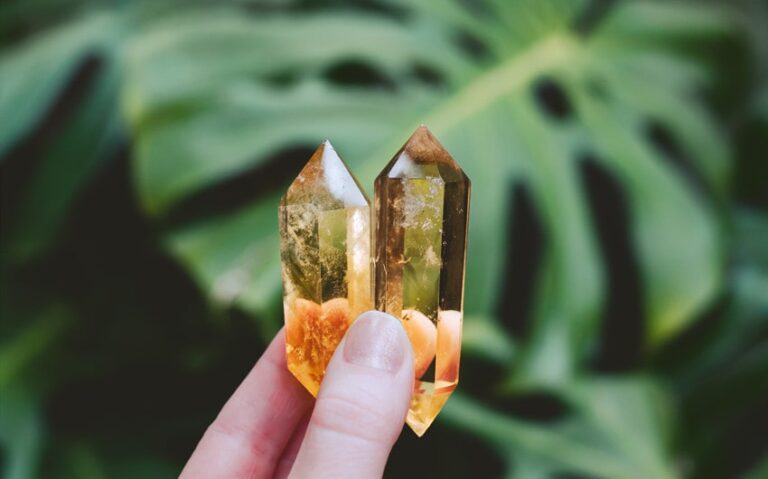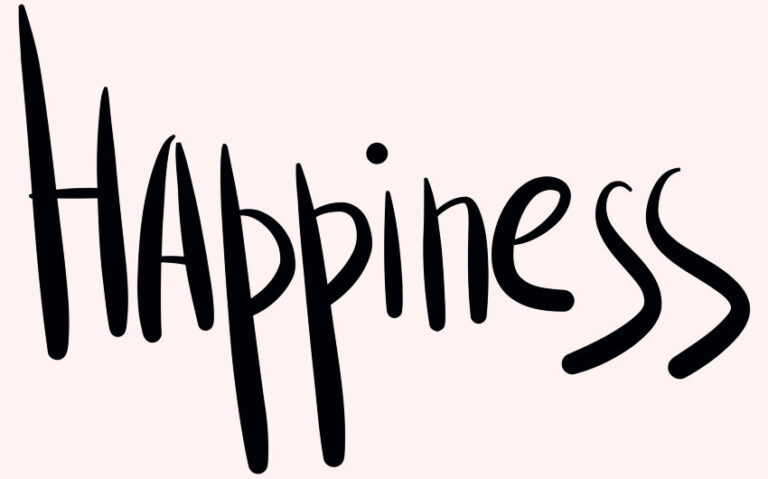Happiness Is Better When Shared: How Connection Makes Joy Last Longer
Think about the last time you felt truly joyful. Was it the moment you received good news, or the moment you shared that news with someone who celebrated it with you? Maybe it was laughter over coffee with a friend, or simply the feeling of belonging while dancing at a gathering. These moments remind you of one timeless truth: happiness is better when shared.
Joy, when experienced alone, is still powerful. But when you bring others into your happiness, it doesn’t divide—it multiplies. It deepens, strengthens, and becomes something more lasting than a fleeting high. This is because humans are wired for connection. Your joy thrives in presence, recognition, and relationship. And in a world that often teaches independence and self-focus, it’s worth remembering: happiness grows when it has somewhere to go.
Let’s explore how shared happiness shapes your emotional well-being, strengthens bonds, and ripples outward to touch the lives of others—sometimes in ways you’ll never fully know.
The Science of Shared Joy
Happiness might seem like a private emotion, but your brain and body respond to joy in ways that are deeply social. Neuroscience tells us that emotions are contagious. When you see someone smiling or laughing, mirror neurons in your brain fire up, creating a mini version of that experience inside you. That’s why being around happy people can boost your own mood—without any words exchanged.
Studies have also shown that shared joy activates the brain’s reward centers. In other words, celebrating something with someone else actually increases the pleasure you feel from it. Social psychologist Barbara Fredrickson, known for her “broaden-and-build” theory of positive emotions, has found that positive feelings help expand your perspective and build stronger interpersonal resources—like trust, empathy, and connection.
Another study from Harvard’s long-term research on adult development revealed that close relationships, more than wealth or fame, are what keep people happy throughout their lives. Those who had strong connections to others—not just romantic, but friendships and community—reported greater long-term well-being.
So while it might feel natural to chase happiness in solitude through self-improvement or solo success, science tells us something different: sharing your happiness doesn’t dilute it—it intensifies it.
Joy Grows Through Human Connection
Emotionally, happiness feels safest and strongest when it’s held in relationship. That’s because joy wants to be seen. Think of a time you experienced something beautiful—watching a sunset, hearing a song that made your heart swell. How often did you find yourself wanting to share it with someone? Not for validation, but for connection.
Joy becomes richer when it’s mirrored. When your friend’s eyes light up with yours, or when someone says, “I’m so happy for you,” your emotion gets reflected back in a way that strengthens it. You feel seen, affirmed, and understood. These shared experiences create emotional intimacy—those moments where walls fall and hearts open.
But it’s not just the happy news that creates connection. It’s also how you celebrate others. When you genuinely cheer for someone’s success, you both feel lifted. This kind of shared happiness builds trust. It tells the people around you, “I’m not competing with you. Your joy is my joy too.”
Even small, everyday gestures can build this connection. Laughing together at a joke, reminiscing over a sweet memory, or even smiling at a stranger in passing—these moments might be brief, but they build a sense of belonging. And belonging is a powerful part of happiness. It reminds you that you’re not alone. You’re part of something bigger.
This is especially important in hard times. When life is heavy, moments of shared joy offer light. They become a refuge. They remind you that even in difficulty, there’s beauty to be found—and it often lives in relationships.
Everyday Ways to Share Your Happiness
You don’t need a life-changing event to share your happiness. In fact, some of the most impactful moments come from everyday gestures. When you make joy a shared practice, it becomes a daily rhythm that gently reshapes your emotional landscape and the emotional lives of those around you.
Here are a few simple ways to share your happiness, starting today:
Smile at strangers. It sounds basic, but a genuine smile carries weight. It tells people that the world is a little friendlier than they might’ve thought. It softens edges and breaks down invisible walls.
Send uplifting messages. A quick text saying “I’m thinking of you,” or “You’d love the sunshine today” can brighten someone’s moment—and yours too. It’s a reminder that joy doesn’t need a reason to be shared.
Celebrate the small wins. Did you complete a tough task? Finish a book you loved? Get through a hard week? Tell someone. Invite them into the moment. It gives others permission to celebrate their wins too.
Practice gratitude aloud. Telling someone why you appreciate them not only strengthens your bond but boosts your own happiness. Gratitude rewires your brain to notice more good—and when spoken aloud, it creates connection.
Create shared rituals. Maybe it’s a weekly coffee chat, a monthly gratitude email, or a shared playlist you update with mood-lifting songs. These rituals weave happiness into your relationships in gentle, intentional ways.
Give compliments freely. If someone’s kindness, creativity, or spirit makes your day better—tell them. Your words can uplift in ways you may never fully realize.
Be present. Sometimes, the most powerful thing you can offer is your undivided attention. When someone shares their joy with you, honor it. Listen. Witness. Celebrate with them.
These acts don’t require money, perfection, or preparation. Just a willing heart and the courage to connect. Over time, they shape the kind of emotional life that feels not only joyful—but deeply meaningful.
The Ripple Effect of Shared Happiness
Happiness is not just a feeling—it’s a force. And like any force, it creates ripples. When you share your joy, you start a chain reaction that can reach far beyond what you see.
One kind word can lift someone out of doubt. One act of presence can restore someone’s faith in humanity. One moment of shared laughter can carry a person through an otherwise lonely day.
Even scientific research supports this ripple effect. A study from the British Medical Journal found that happiness can spread up to three degrees of separation in social networks. That means your joy could influence your friend’s coworker’s cousin. You never know how far a single smile might travel.
But the ripple effect isn’t just about changing others. It changes you too. When you make a habit of sharing happiness, you begin to see more of it. You start noticing opportunities to uplift, celebrate, and connect. This outlook softens your edges and rewires your emotional response. You no longer chase happiness as a goal—you become part of its movement.
And perhaps most beautifully, sharing happiness teaches others to do the same. Children who grow up in joyful homes learn to value laughter, love, and connection. Partners who celebrate together strengthen their emotional resilience. Communities who uplift one another become safer, more compassionate places.
Shared happiness doesn’t just make a moment better—it makes a life better. It teaches us that our emotions are not burdens to carry alone, but gifts to offer freely. That our joy isn’t selfish, but sacred. That when we give happiness away, we don’t lose it—we multiply it.






